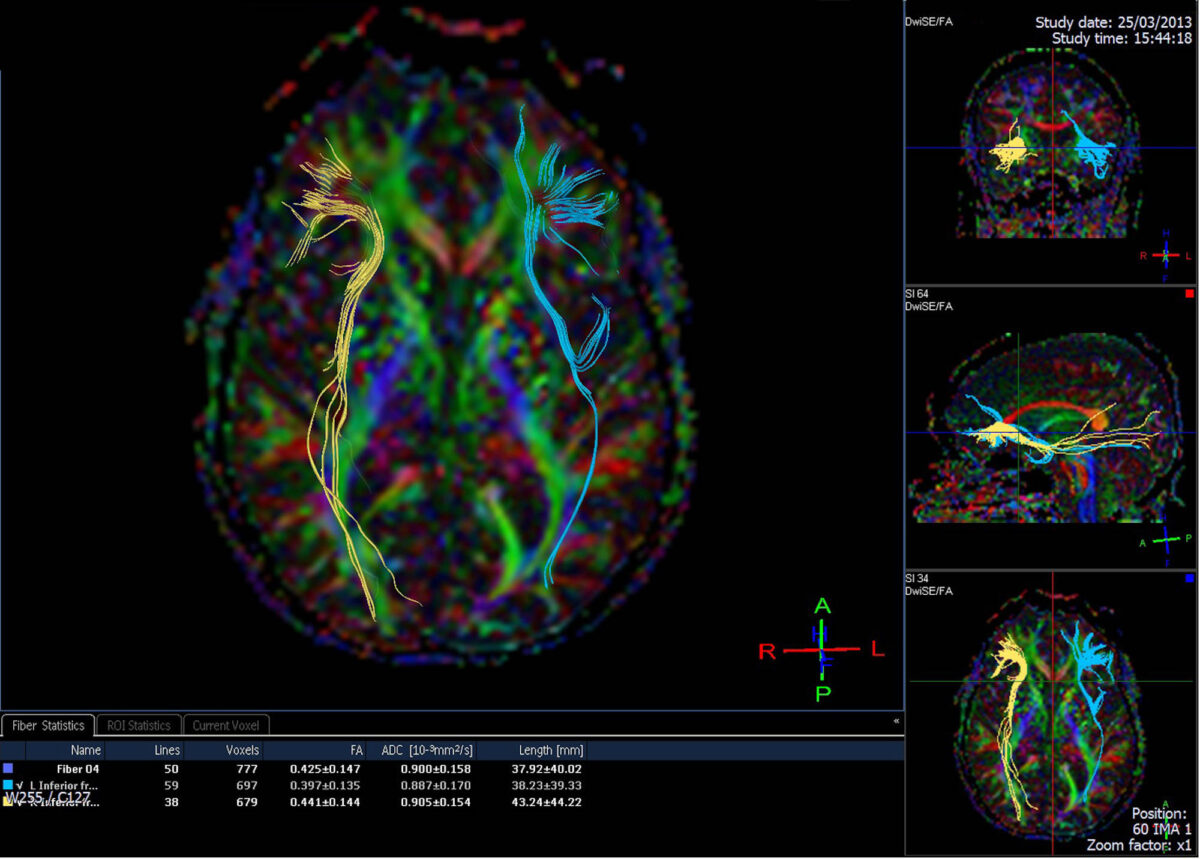Patient Awareness under Anesthesia: Monitoring and Responding

Nearly two centuries after Dr William Morton gave the first public demonstration of ether anesthesia in Boston in 1846, anesthetics are now used daily in thousands of hospitals. Despite our limited understanding of their mechanisms of action, intraoperative awareness under general anesthesia remains a rare occurrence, with a reported incidence of 0.1-0.2% (1). Leading to many complications including post-traumatic stress disorder (PTSD), such incidents, albeit rare, are extremely dangerous and represent the cause for 2% of all legal claims against anesthesia providers (2).
Preoperatively, to minimize chances of intraoperative awareness under anesthesia, a thorough patient evaluation is critical. This should include 1) a focused history, 2) a physical examination, 3) identifying patients at risk for intraoperative awareness, and 4) informing selected patients of the possibility of intraoperative awareness (1). To this end, certain physical characteristics, including age, sex, American Society of Anesthesiologists (ASA) physical status (IV/V), drug resistance/tolerance, and a limited hemodynamic reserve, as well as certain procedures (e.g. caesarean delivery, cardiac surgery, trauma surgery) and anesthetic techniques (e.g. rapid-sequence induction, reduced anesthetic dose) have been associated with intraoperative awareness. In addition, a preoperative checklist protocol for anesthesia equipment should be adhered to in order to ensure that the desired anesthetic drugs and doses are appropriately delivered.
Intraoperatively, it is then key to closely monitor consciousness levels; a slew of methods have been developed to this end, including clinical techniques, conventional monitoring techniques, and brain activity monitoring, both natural and evoked.
Clinical techniques used to assess intraoperative consciousnesses include assessing patient movement, response to commands, open eyes, eyelash reflexes, pupillary diameters, perspiration, and tearing. Conventional monitoring techniques consist of ASA standard physiologic monitoring, including by pulse oximetry, electrocardiography, non-invasive blood pressure measurement, and temperature monitoring (1).
Furthermore, natural brain activity monitoring can be carried out using frontal electroencephalographic (EEG) recordings. Typically, a series of signal processing algorithms are applied to generate a single “index” of consciousness – 100 corresponding to the awake state and 0 to an isoelectric EEG. In contrast, another EEG-based marker, the “bispectral index” (BIS) (3), reflects a proprietary algorithm that converts a single channel of a frontal EEG into the BIS index of hypnotic level; however, the high cost per person and the low specificity in preventing awareness episodes do not allow for its everyday use (2). A number of alternative measures can also be used to assess levels of consciousness. First, entropy can be assessed, describing the irregularity, complexity, or unpredictability characteristics of a signal (4); both standard entropy (SE) and response entropy (RE) can be calculated within different frequency bands of EEG recordings to predict states of awareness. Next, a number of systems based on the classification of EEG patterns can be used. These include:
1. the Narcotrend system, based on the visual classification of EEG patterns associated with various stages of sleep
2. the patient state index (PSI), based on the observation of reversible spatial changes in the power distribution of quantitative EEG recordings
3. the SNAP II index, based on a spectral analysis of a single-channel EEG recording (5)
4. the cerebral state monitor, a handheld device that analyzes a single channel EEG cerebral state “index” (6).
In addition, evoked brain activity monitoring can also be used as a proxy for patient consciousness. The most common method used to this end is auditory evoked potentials (AEPs), which are the electrical responses of nervous system to auditory stimuli delivered via headphones. The isolated forearm technique (IFT) is an alternative. In this method, a tourniquet is applied to the patient’s upper arm and inflated above systolic blood pressure prior to administering muscle relaxants. Movement of the arm, either spontaneously or to a command, indicates wakefulness, although not necessarily explicit awareness (7).
Finally, in rare cases of intraoperative awareness under anesthesia, both intraoperatively and postoperatively, certain measures should be taken in response. Intraoperatively, this primarily includes the intraoperative administration of benzodiazepines or scopolamine to patients who may have become conscious; scopolamine must be administered with caution since it may result in unintended side effects, including the emergence of delirium. Postoperatively, this includes providing a postoperative questionnaire on behalf of practitioners to patients to define the episode of awareness and, thereafter, offering postoperative counseling or psychological support (1,2).
In conclusion, intraoperative monitoring and responding to patient consciousness should rely on multiple modalities spanning clinical techniques, conventional monitoring systems, and brain activity recording.
References
1. Practice Advisory for Intraoperative Awareness and Brain Function Monitoring. Anesthesiology. 2006
2. Kotsovolis G, Komninos G. Awareness during anesthesia: How sure can we be that the patient is sleeping indeed? Hippokratia. 2009.
3. Pillai A. Bispectral Index. In: Understanding Anesthetic Equipment and Procedures: A Practical Approach. 2015.
4. Entropy. What is Entropy.
5. Nievas IFF, Spentzas T, Bogue CW. SNAP II index: An alternative to the COMFORT scale in assessing the level of sedation in mechanically ventilated pediatric patients. J Intensive Care Med. 2014;
6. Anderson RE, Jakobsson JG. Cerebral state monitor, a new small handheld EEG monitor for determining depth of anaesthesia: A clinical comparison with the bispectral index during day-surgery. Eur J Anaesthesiol. 2006;
7. Anaesthesia UK : Isolated forearm technique [Internet]. Available from: https://www.frca.co.uk/article.aspx?articleid=100495
8. Monitoring Consciousness: Using BISTM during Anesthesia | Medtronic [Internet]. Available from: https://www.medtronic.com/covidien/en-us/clinical-education/catalog/monitoring-consciousness-using-bispectral-index-during-anesthesia-bis-pocket-guide-clinicians.html
9. Pavel MA, Petersen EN, Wang H, Lerner RA, Hansen SB. Studies on the mechanism of general anesthesia. Proc Natl Acad Sci U S A. 2020 Jun 16;117(24):13757–66.